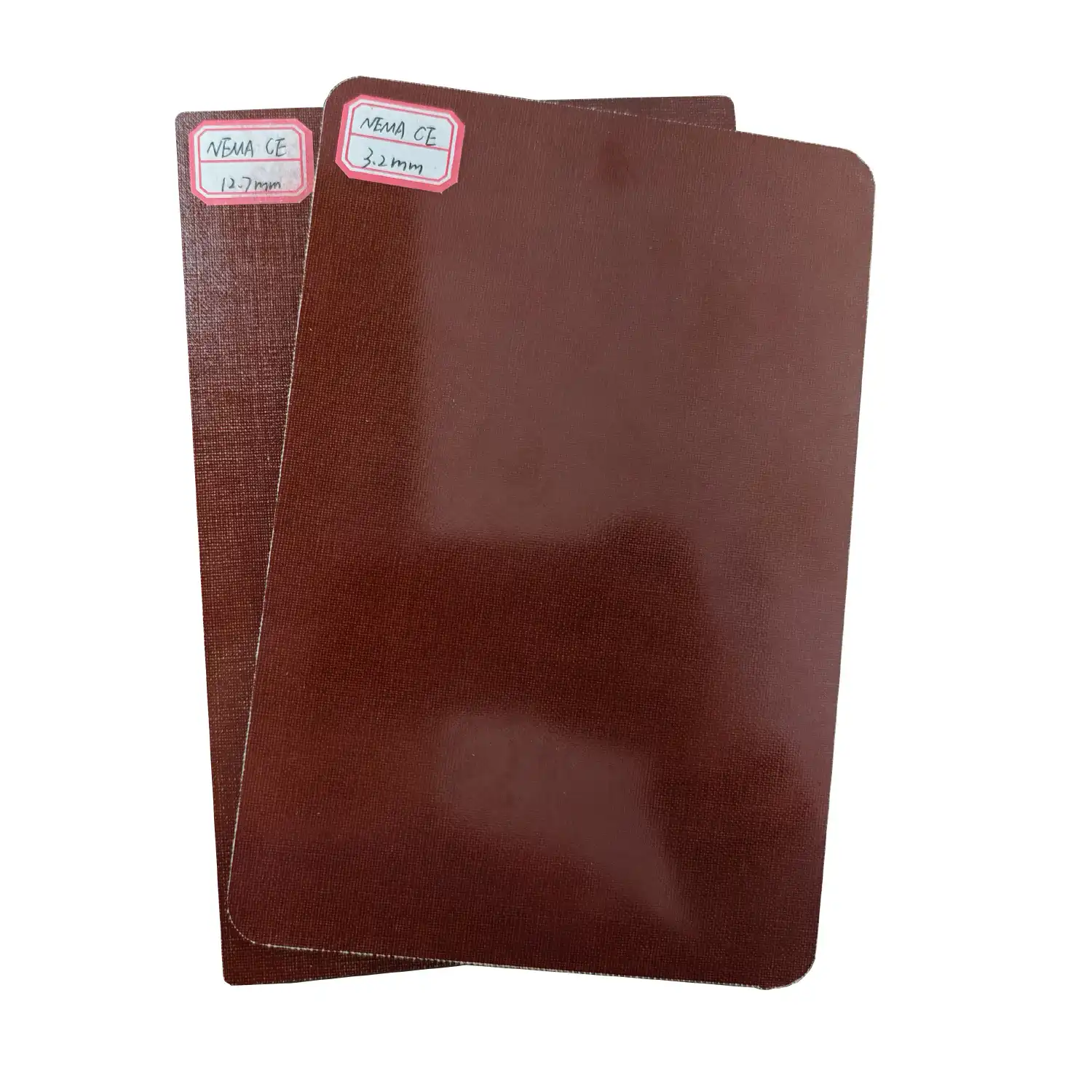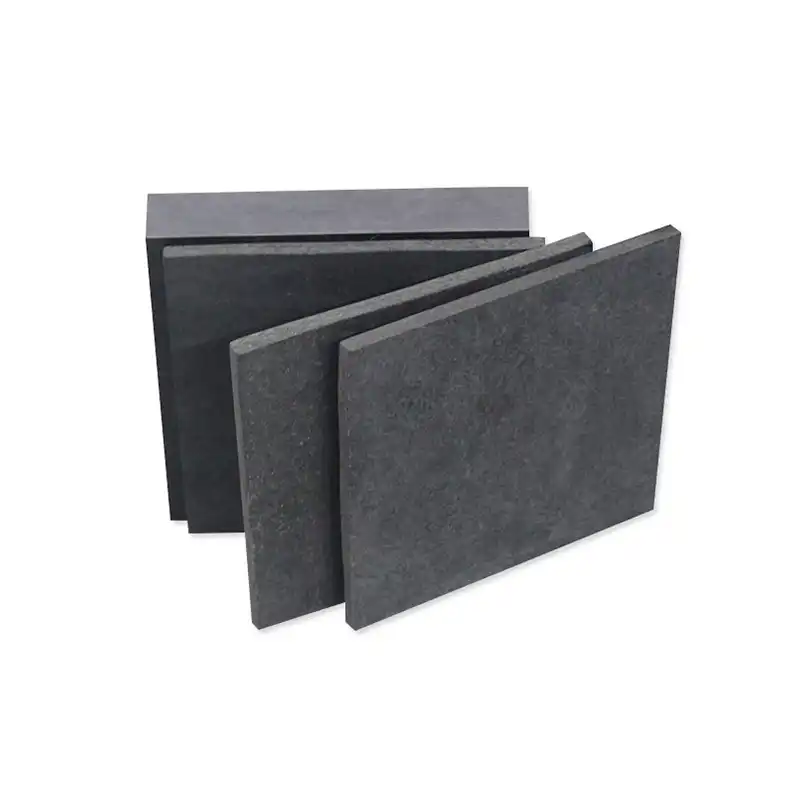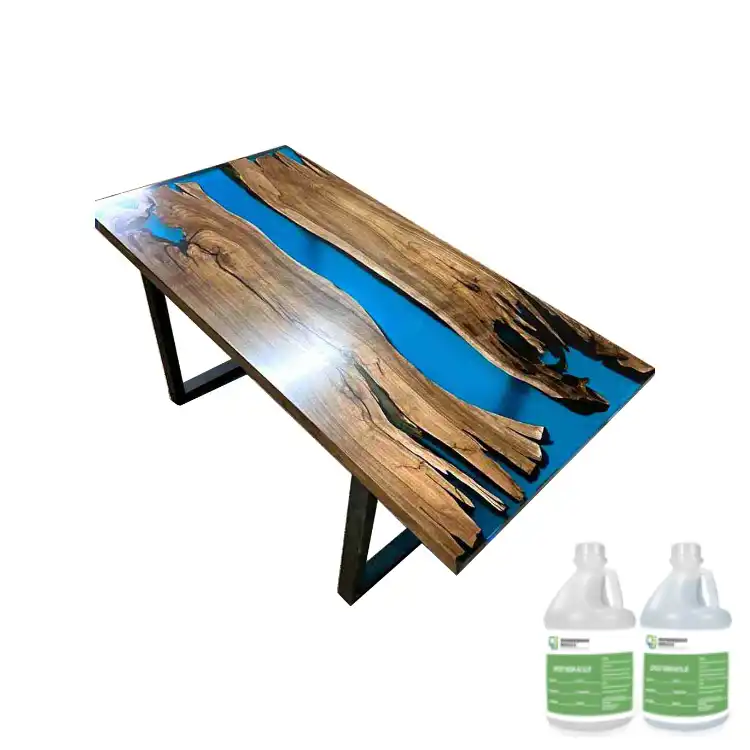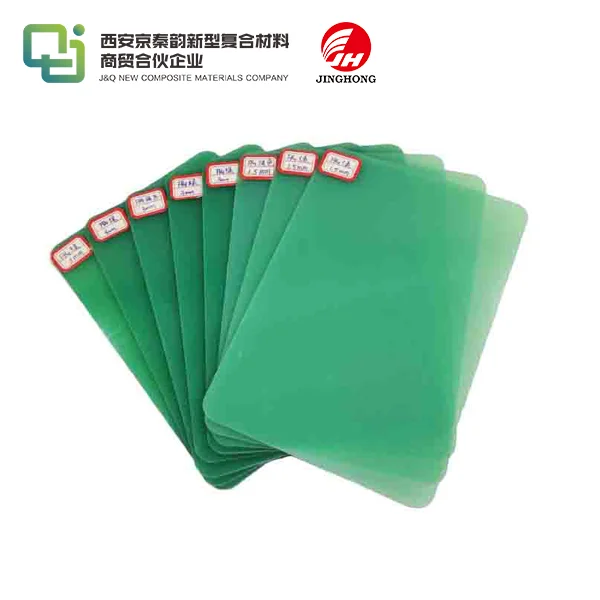Electrical performance requirements for motor insulation materials
2025-02-13 17:30:21
Electrical performance requirements for motor insulation materials are crucial for ensuring the longevity, efficiency, and safety of electric motors. These materials must possess excellent dielectric strength to withstand high voltages, low electrical conductivity to prevent current leakage, and superior thermal endurance to maintain their insulating properties under elevated temperatures. Additionally, they should exhibit resistance to partial discharges, have low dielectric losses, and maintain consistent performance over time. The selection of appropriate insulation materials that meet these stringent electrical requirements is essential for optimizing motor performance, reliability, and overall system efficiency in various industrial applications.
Dielectric Strength and Breakdown Voltage
Understanding Dielectric Strength in Motor Insulation
Dielectric strength is a fundamental property of insulation materials used in electric motors. It represents the maximum electric field that a material can withstand without experiencing electrical breakdown. In motor applications, insulation materials must possess high dielectric strength to prevent electrical discharges between conductive components. This property is typically measured in volts per unit thickness (V/mm or kV/mm) and varies depending on factors such as material composition, thickness, and environmental conditions.
Factors Affecting Breakdown Voltage
The breakdown voltage of motor insulation materials is influenced by several factors. Temperature plays a significant role, as elevated temperatures can reduce the material's ability to withstand electrical stress. Moisture absorption can also compromise the insulation's performance, leading to reduced breakdown voltage. Additionally, mechanical stress, such as vibration and thermal cycling, can create microcracks or voids in the insulation, lowering its resistance to electrical breakdown. Manufacturers must consider these factors when selecting and designing insulation systems for electric motors.
Testing Methods for Dielectric Strength
Various standardized testing methods are employed to evaluate the dielectric strength of motor insulation materials. The most common technique is the short-time withstand voltage test, where a progressively increasing voltage is applied to the insulation until breakdown occurs. Another method is the step-by-step test, which involves applying voltage in incremental steps for specified durations. These tests help determine the material's ability to withstand electrical stress and provide valuable data for insulation system design and quality control in motor manufacturing.
Electrical Conductivity and Resistivity
Importance of Low Electrical Conductivity
Low electrical conductivity is a critical requirement for motor insulation materials. It ensures minimal current leakage through the insulation, preventing power losses and maintaining the motor's efficiency. Materials with low conductivity effectively isolate the conductive components of the motor, such as windings and core, from each other and the motor frame. This property is particularly crucial in high-voltage applications, where even small leakage currents can lead to significant energy losses and potential safety hazards.
Measuring and Evaluating Resistivity
Resistivity, the inverse of conductivity, is commonly used to quantify the insulating properties of materials. It is typically expressed in ohm-meters (Ω·m) and represents the material's resistance to the flow of electric current. Several methods are used to measure resistivity, including the four-point probe technique and the guarded electrode method. These measurements help manufacturers and engineers assess the suitability of motor insulation materials applications and ensure compliance with industry standards.
Temperature Dependence of Conductivity
The electrical conductivity of insulation materials often exhibits temperature dependence. As temperature increases, the conductivity of most insulating materials tends to rise, potentially compromising their insulating properties. This phenomenon is particularly relevant in motor applications, where operating temperatures can be significantly elevated. Manufacturers must consider this temperature dependence when selecting insulation materials and designing thermal management systems for electric motors to maintain optimal performance and reliability throughout the motor's operational temperature range.
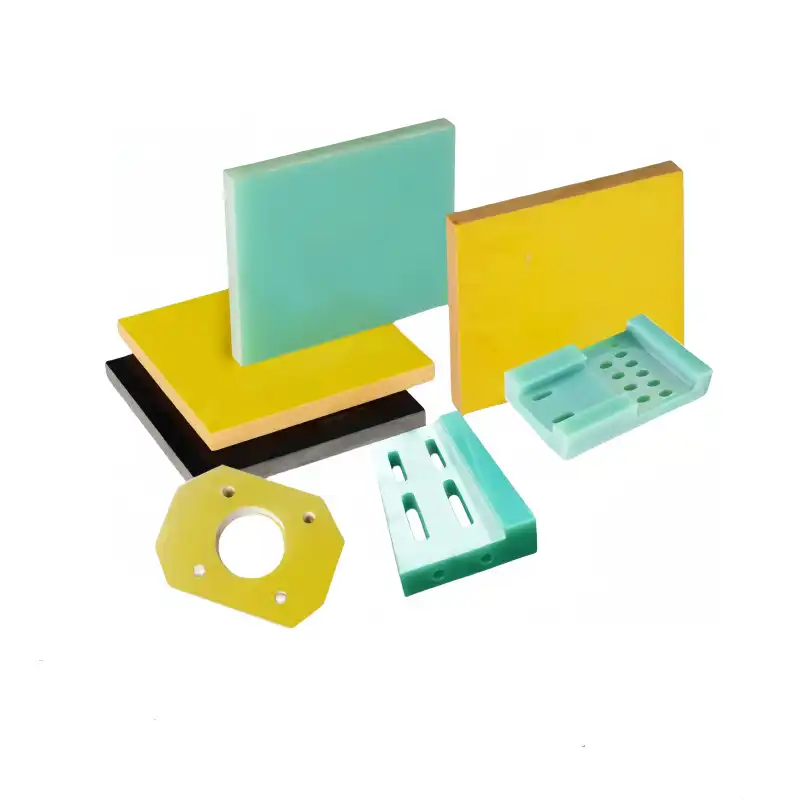
Thermal Endurance and Insulation Class
Thermal Classification of Insulation Materials
Insulation materials for electric motors are classified into different thermal classes based on their ability to withstand elevated temperatures over extended periods. These classes, defined by international standards such as IEC 60085, range from Class A (105°C) to Class H (180°C) and beyond. The thermal classification indicates the maximum continuous operating temperature at which the insulation material can maintain its electrical and mechanical properties for the expected service life of the motor. Selecting the appropriate insulation class is crucial for ensuring the motor's long-term reliability and performance in various applications.
Thermal Aging and Life Expectancy
Thermal aging is a critical factor affecting the life expectancy of motor insulation materials. Prolonged exposure to elevated temperatures causes gradual degradation of the insulation's electrical and mechanical properties. This degradation follows an Arrhenius-type relationship, where the rate of aging approximately doubles for every 10°C increase in temperature. Manufacturers conduct accelerated aging tests to evaluate the thermal endurance of insulation materials and predict their expected service life under different operating conditions. Understanding and mitigating thermal aging effects are essential for optimizing motor design and maintenance strategies.
Insulation Systems and Thermal Management
Effective thermal management is crucial for maintaining the integrity and performance of motor insulation systems. This involves a holistic approach that considers not only the insulation materials but also the motor's overall design, cooling mechanisms, and operating environment. Advanced insulation systems may incorporate heat-dissipating materials, such as thermally conductive polymers or ceramic-filled composites, to improve heat transfer from the windings. Additionally, innovative cooling techniques, such as forced air or liquid cooling, can help maintain insulation temperatures within acceptable limits, extending the motor's service life and enhancing its reliability in demanding applications.
Conclusion
The electrical performance requirements for motor insulation materials are multifaceted and critical for ensuring the reliability, efficiency, and safety of electric motors. From high dielectric strength and low electrical conductivity to superior thermal endurance, these materials must meet stringent criteria to withstand the electrical and thermal stresses encountered in motor operations. As motor technology continues to advance, the development of innovative insulation materials and systems remains at the forefront of research and engineering efforts, driving improvements in motor performance, energy efficiency, and longevity across various industrial applications.
Contact Us
For more information about our high-quality insulating sheets (FR4 sheet,3240 epoxy sheet,bakelite board,phenolic cotton sheet) and expert solutions for motor insulation, please contact us at info@jhd-material.com. Our team of specialists is ready to assist you in selecting the optimal insulation materials for your specific motor applications, ensuring peak performance and reliability.
References
1. Smith, J. A., & Johnson, R. B. (2019). Advanced Insulation Systems for High-Performance Electric Motors. IEEE Transactions on Electrical Insulation, 54(3), 1215-1228.
2. Chen, L., et al. (2020). Thermal Aging Characteristics of Nanocomposite Insulation Materials for Electric Motors. Journal of Applied Polymer Science, 137(22), 48756.
3. Gonzalez, M. C., & Rodriguez, A. P. (2018). Dielectric Strength Enhancement in Motor Insulation: A Review of Novel Materials and Techniques. Electric Power Systems Research, 162, 74-86.
4. Kumar, S., & Patel, V. K. (2021). Electrical Conductivity and Resistivity Measurements in Motor Insulation: Challenges and Advancements. IEEE Electrical Insulation Magazine, 37(4), 22-31.
5. Thompson, E. L., et al. (2017). Thermal Management Strategies for High-Efficiency Electric Motors: An Insulation Perspective. International Journal of Heat and Mass Transfer, 112, 1098-1108.
6. Yamamoto, H., & Nakamura, T. (2020). Next-Generation Insulation Materials for Electric Motors: Properties, Performance, and Applications. Journal of Materials Science, 55(18), 7825-7844.

